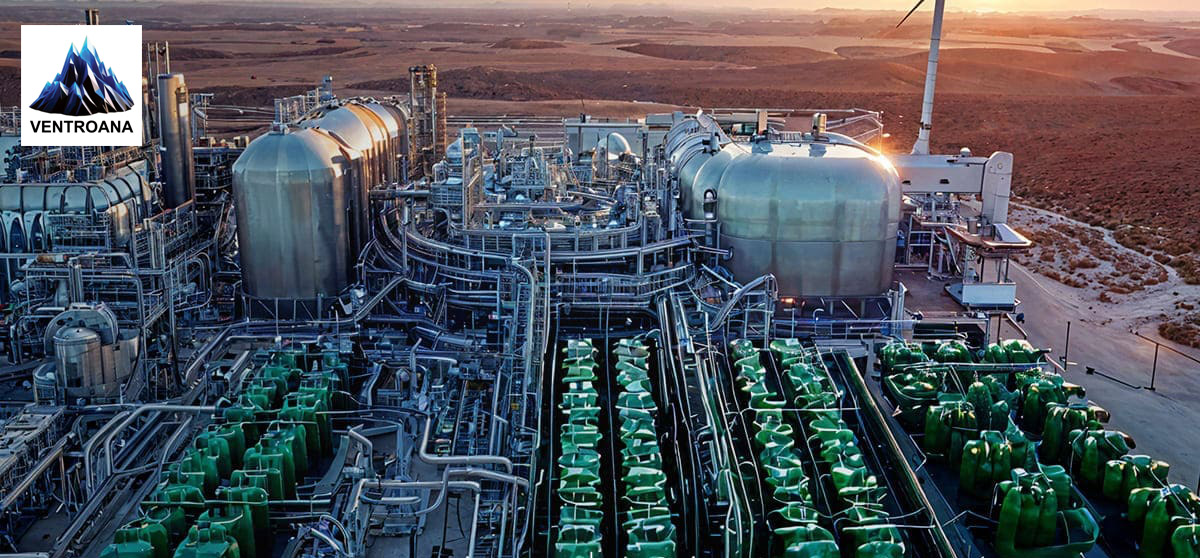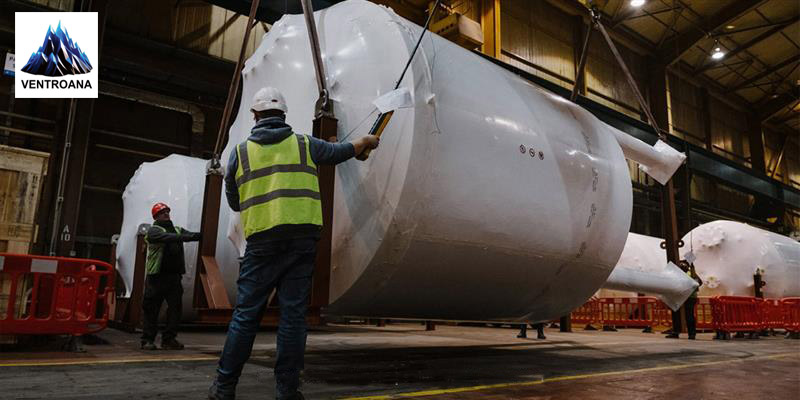Software Solutions
October 09, 2024

SCADA Systems have transformed the landscape of industrial automation. SCADA stands for Supervisory and Control and Data Acquisition. These systems enhance real-time monitoring and control. They have become the backbone of industrial process management.
It allows operators to interact with devices like sensors, valves, and pumps. They also enable control of motors through equipment that spans vast distances. These systems integrate industrial plants more effectively than ever before.
They combine overseeing control with real-time data acquisition. They also streamline and secure industrial operations. It enhances operator control and data collection.
These systems are crucial in industrial automation. They provide operators with a comprehensive view of processes. These systems collect and process data for precise control.
They manage various parts of an industrial plant. They monitor and control processes in manufacturing and utility distribution. These systems operate over long distances, ensuring efficiency. They also ensure reliability in essential processes.
Understanding their architecture is key to appreciating their impact on industrial automation. These systems typically comprise remote terminal units (RTUs). They also include programmable logic controllers (PLCs).
Software Solutions and network infrastructure are part of the system. An operator includes a control center. Each component plays a critical role in ensuring real-time data collection, processing, and action.
Remote terminal units and programmable logic controllers serve as the nerve centers of SCADA. Positioned within the operational field, RTUs collect data from sensors and execute control commands from the SCADA operators. PLCs, on the other hand, are integral in automating control sequences and providing operator control on a programmable scale.
PLCs are specialized computers used to automate industrial processes. They execute control commands based on input from sensors and transmit data to the system.
The software is the brain behind the operation. It processes data, enables overseeing control and data representation, and provides a user interface for operators to monitor and manage the system effectively.
They rely on robust communication networks to transmit data between field devices and control centers. These networks can include wired and wireless technologies, ensuring reliable data transmission over long distances.
Centralized control centers where SCADA operators monitor and control industrial processes. These centers use advanced HMIs to provide real-time representation and control capabilities.
These systems operate by collecting data from various field devices, processing this data, and providing operators with actionable insights. Here’s a step-by-step overview of how they work:
RTUs and PLCs collect data from sensors and equipment installed in the field. This data can include parameters such as temperature, pressure, flow rate, and voltage.
The collected data is transmitted to the central system through communication networks. This transmission can occur over wired connections, wireless networks, or satellite links.
The software processes the incoming data, converting raw signals into meaningful information. HMIs display this processed data. Operators use HMIs to monitor industrial processes. They can track the status in real-time.
Based on the processed data, the operators can issue control commands to field devices. These commands can adjust process parameters, activate alarms, or initiate corrective actions.
The implementation of SCADA offers numerous benefits to industrial sectors, transforming the way processes are monitored and controlled.
They provide real-time visibility into industrial processes, allowing operators to detect and respond to anomalies promptly. This real-time monitoring enhances operational efficiency and reduces downtime.
Operators can remotely control equipment and processes, minimizing the need for manual intervention. This remote-control capability improves safety and reduces the risk of human error.
They collect vast amounts of data. You can analyze this data to identify trends and help optimize processes.
They also predict maintenance needs effectively. This data-driven approach leads to informed decision-making and continuous improvement.
They are scalable and can be expanded to accommodate new processes and equipment. This scalability makes them suitable for a wide range of industries, from small-scale plants to large utilities.
These systems can integrate with other industrial automation systems. They can connect with Manufacturing Execution Systems (MES). They also work with Enterprise Resource Planning (ERP) systems. This integration ensures seamless data flow across the entire organization.
In the oil and gas industry, SCADA Systems monitor and control pipeline operations, refineries, and drilling rigs. They enhance safety by detecting leaks and anomalies and preventing environmental disasters. The oil and gas industry can be a liability to the environment and a safety hazard to the public.
Leaks and spills are expensive and damage ecosystems drastically. Environmental standards are critical for both distribution and production. A SCADA monitoring system offers alarm notifications, speed, and sophistication.
These systems make finding a solution for any issue much faster. Operators receive mobile device notifications when a malfunction occurs in their monitoring system.
The future trends are shaped by technological advancements and evolving industry needs.
The integration of IIoT with SCADA will enhance data collection, analysis, and control capabilities. IIoT devices and sensors will provide real-time insights, enabling predictive maintenance and optimized operations.
Cloud-based SCADA solutions will offer scalable and cost-effective data storage and processing. These solutions will enable remote access and control, enhancing flexibility and reducing infrastructure costs.
AI and ML technologies will enhance data analysis and decision-making in SCADA. These technologies will enable predictive analytics, anomaly detection, and automated control.
Edge computing will bring data processing closer to the source, reducing latency and enhancing real-time control. SCADA, with edge computing capabilities, will improve responsiveness and reliability.
As cyber threats evolve, SCADA will incorporate advanced cybersecurity measures to protect critical infrastructure. These measures will include AI-driven threat detection, blockchain for secure data transactions, and enhanced encryption.
These systems have transformed real-time monitoring and control in industrial automation, offering unparalleled benefits of efficiency, reliability, and safety. By integrating advanced control equipment, software, and robust communication networks, these systems enable operators to monitor and control industrial processes across long distances.
As technology evolves, these systems will optimize industrial operations. They will drive innovation and ensure seamless operation and support critical infrastructure.
Advancements in IIoT will enhance their capabilities. Cloud computing will also improve their impact. AI promises to further boost their effectiveness. Cybersecurity will protect it in the industrial landscape.
Ventro Analytics equips you with the expertise needed to improve real-time monitoring and control in your operations. By choosing Ventro Analytics as your SCADA system provider, you gain access to professionals. They specialize in tailoring solutions for specific industrial requirements.
Whether it's optimizing resource allocation, enhancing operational response times, or securing system data, our comprehensive approach covers all aspects of your SCADA needs.
Embrace the future of industrial automation and control. Partner with us to propel your operations. Enter a new era of technological excellence.
Experience improved strategic management. To avail of our services, you can call us at +1 (888) 774-7632 or send us an email at sales@ventroana.com.
Tags: SCADA System Control Equipment SCADA Operators SCADA Software Processes Data Operator Control Remote Terminal Units Industrial Automation Programmable Logic Controllers Monitor and Control Industrial Plants

Successful Implementation of Green Hydrogen in Power Plants
Discover how green hydrogen revolutionizes power plants with sustainable energy solutions, reducing ...

Driving Innovation and Resilience: Insights from the 10th Annual Energy Supply C...
Gain insights on driving innovation and resilience at the 10th Energy Supply Chain & Procurement Sum...

Understanding EPC Engineering: Key Concepts Explained
Discover the essentials of EPC Engineering, covering contracts, project phases, and roles of EPC con...